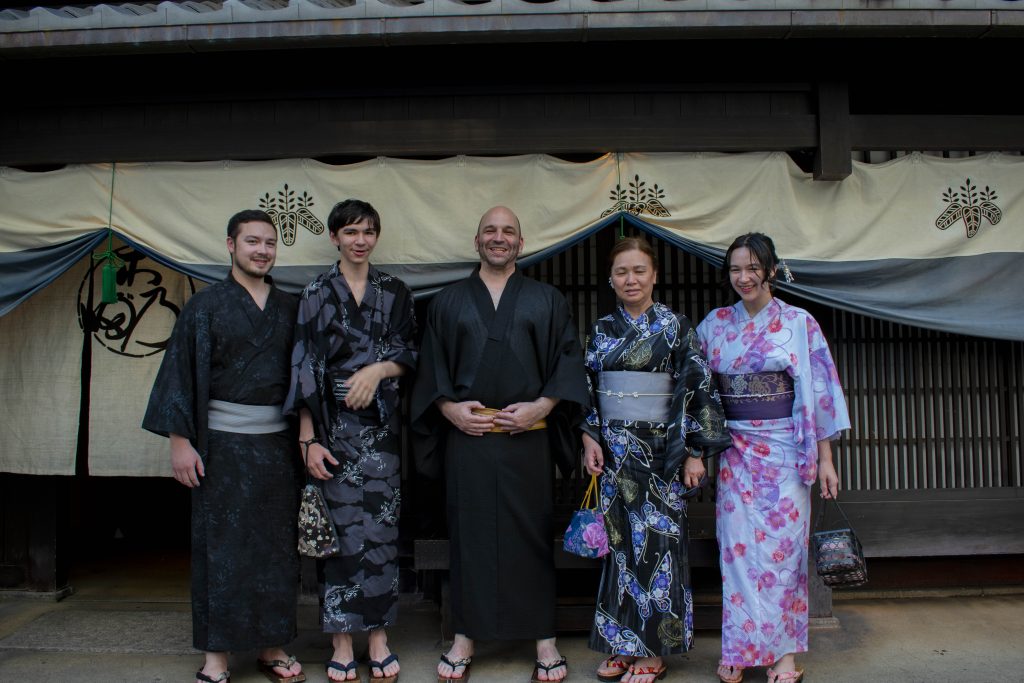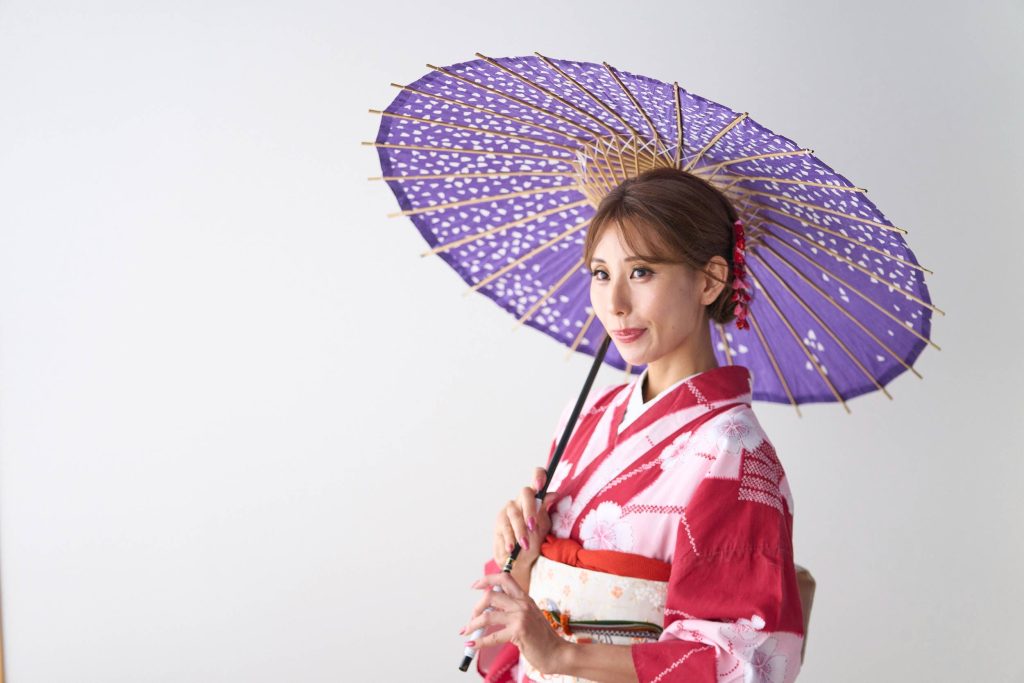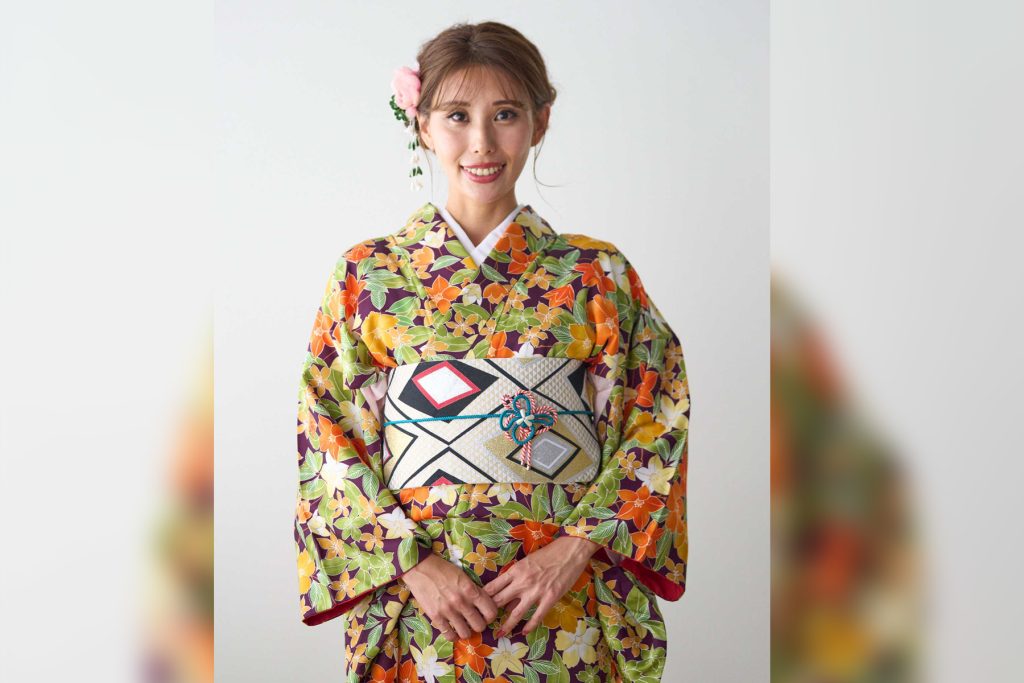Kimono no Obebe | Rental Kimono Service
Open hours
10:00 - 21:00
Kimono Rental in Kyoto – The Ultimate Guide to Experiencing Japan’s Tradition
Visiting Kyoto is incomplete without wearing a traditional kimono Rental and strolling through its historic streets. From the Kimono Forest in Arashiyama to the vibrant streets of Gion, kimono rental services in Kyoto offer unforgettable cultural experiences. Whether you’re traveling solo, as a couple, or with family, renting a kimono allows you to immerse yourself in Japanese heritage while capturing stunning photos.

Why Choose Kimono Rental in Kyoto?
Kyoto is the cultural heart of Japan, and wearing a kimono here feels timeless. Instead of simply buying a kimono, visitors often choose kimono rental because it is convenient, affordable, and comes with professional dressing services.
- Kimono Rental Kyoto Near Me: Rental shops are easily found around Gion, Arashiyama, Fushimi Inari, and Kyoto Station.
- Affordable & Cheap Kimono Rental Kyoto: Plans start from budget-friendly options to luxury packages.
- Best Kimono Rental Kyoto: Premium shops offer beautiful kimonos for women, stylish kimono for men, and even special wedding kimono plans.
Kimono vs Yukata – What’s the Difference?
While both kimono and yukata are traditional Japanese garments, they serve different purposes and are worn in different situations. Here’s a breakdown of the key differences:
1. Fabric and Material
-
Kimono: Made from high-quality fabrics such as silk, crepe, or synthetic blends. The material is generally thicker, more structured, and suitable for all seasons depending on the type of lining.
-
Yukata: Made from lightweight cotton or polyester, making it breathable and comfortable, especially in hot summer weather.
2. Formality
-
Kimono: Considered formal or semi-formal attire, often worn at weddings, tea ceremonies, graduation ceremonies, or special events. Patterns and designs vary depending on the occasion and the wearer’s status or age.
-
Yukata: Casual summer wear, commonly seen at summer festivals (matsuri), fireworks displays, or hot spring resorts (onsen). Yukata is not typically worn for formal occasions.
3. Layers and Accessories
-
Kimono: Usually worn with multiple layers and accessories, including:
-
Obi belt (often wide and decorative)
-
Obi-jime and obi-age (cords and sashes)
-
Nagajuban (under-kimono layer)
-
Tabi socks and traditional sandals (zori)
-
-
Yukata: Worn with fewer layers, typically only:
-
Yukata robe
-
Simple obi belt (often thinner and easier to tie)
-
Sandals (geta)
-
No tabi socks required
-

4. Seasonal Use
-
Kimono: Can be worn year-round, with different fabrics and linings depending on the season. There are also specialized kimono for summer (ro) and winter (hitoe).
-
Yukata: Primarily summer wear, as the lightweight cotton keeps you cool in hot weather.
5. Styling and Occasion
-
Kimono: Often styled in more complex and elegant ways. It is associated with traditional culture, ceremonies, and photography.
-
Yukata: Easier to wear, perfect for casual outings, festivals, or relaxing stays at ryokan (Japanese inns).
Kimono Rental Experiences in Kyoto
-
Kimono Rental and Photoshoot in Kyoto
A popular choice is combining kimono rental and photoshoot in Kyoto. Professional photographers capture memories at iconic spots like Yasaka Shrine, Kiyomizu-dera, or the Kimono Forest in Arashiyama.
-
Couple & Family Kimono Plans
- Couple Kimono Rental Kyoto: Perfect for romantic photos in Gion or near Fushimi Inari.
- Family Kimono Rental: Shops also offer kimono for kids and kimono for children, making it a fun family activity.
- Family Kimono Photoshoot Kyoto: Capture traditional-style portraits to cherish forever.
-
Kimono for Everyone
- Kimono for Men: Simple yet elegant, often in darker tones.
- Beautiful Kimonos for Women: Vibrant floral patterns with hair styling and accessories.
- Kimono for Foreigners: Rental shops cater to all sizes and styles.
- Kimono for Dogs: Some shops even provide adorable outfits for pets.
Kimono Shops in Kyoto
Kimono Rental Gion
The Gion district is one of the most popular areas for kimono rental in Kyoto, thanks to its historic streets and teahouses.
Kimono Near Fushimi Inari
Wearing a kimono while walking through the famous red torii gates of Fushimi Inari Shrine creates unforgettable photos.
Kimono Rental Near Kyoto Station
Convenient for day trips, many shops near Kyoto Station provide same-day rental and dressing services.
Kimono Shop Kyoto – Buy or Rent
If you’re looking to buy kimono as a souvenir, Kyoto’s traditional kimono shops offer both antique and modern designs. Prices vary:
- Kimono Price in Japan: From ¥5,000 for casual cotton yukata to ¥100,000+ for silk kimonos.
Kimono Price Kyoto: Local shops often have more affordable ranges compared to Tokyo.
Accessories and Styling
A full kimono look includes more than just the dress.
- Kimono Hairstyle & Kimono Hair: Rental shops often include hairstyling for women.
- Kimono Umbrella: A beautiful accessory for rainy days or sunny walks.
- Kimono Jacket (Haori): Adds elegance and warmth in cooler months.
Seasonal Kimono Experiences in Kyoto
- Spring: Kimono and cherry blossom photoshoots in Maruyama Park or Philosopher’s Path.
- Summer: Yukata rentals during Gion Matsuri festival.
- Autumn: Kimono against red maple leaves at Tofuku-ji.
- Winter: Warm kimonos paired with coats and traditional umbrellas in snowy Higashiyama.
Kimono Rental Plans & Pricing
Most shops offer different kimono plans:






